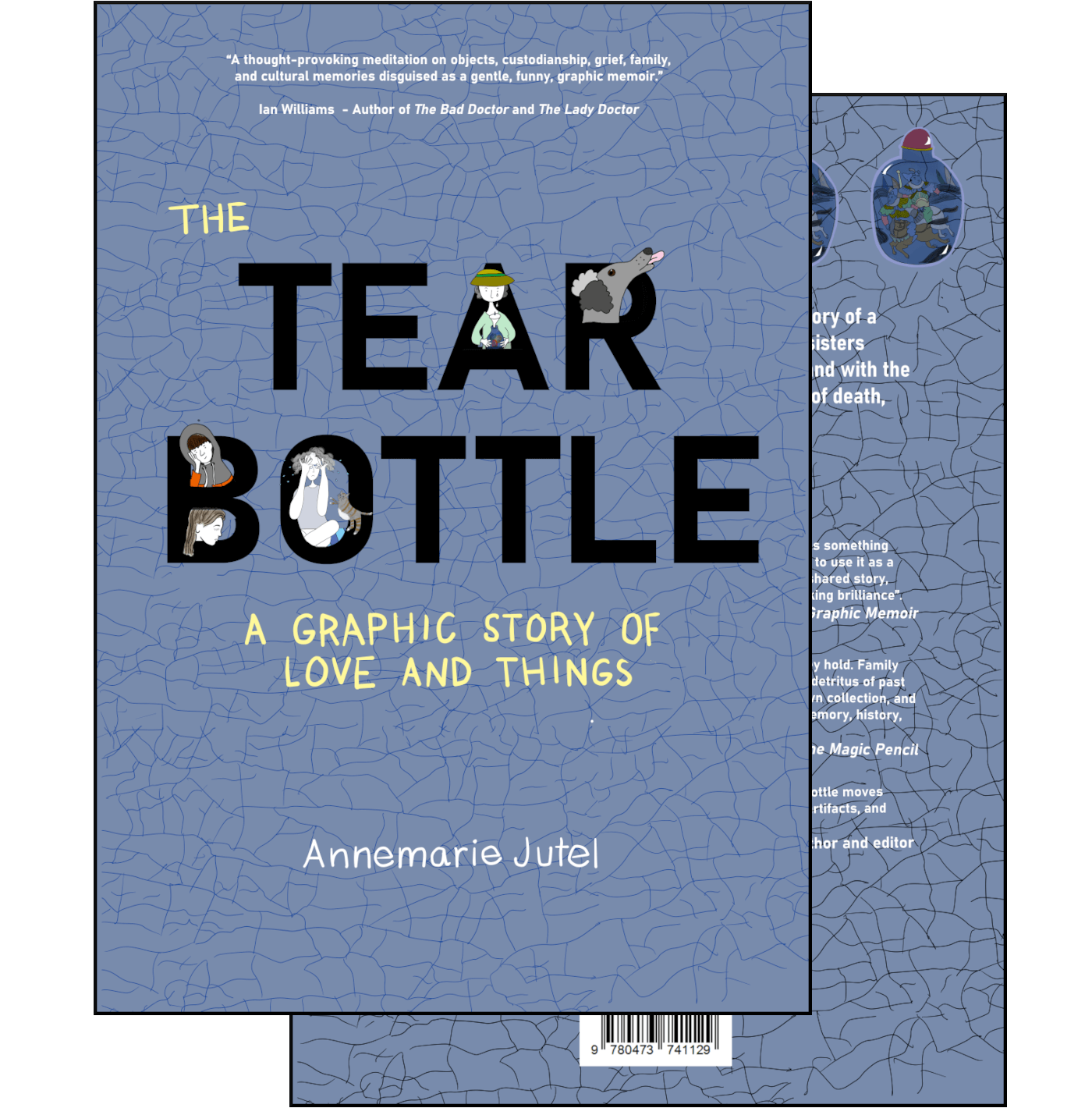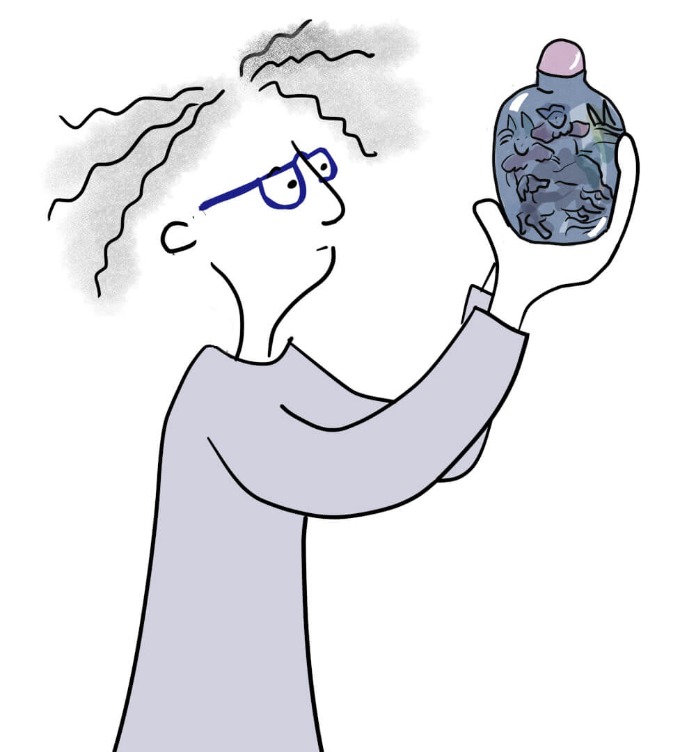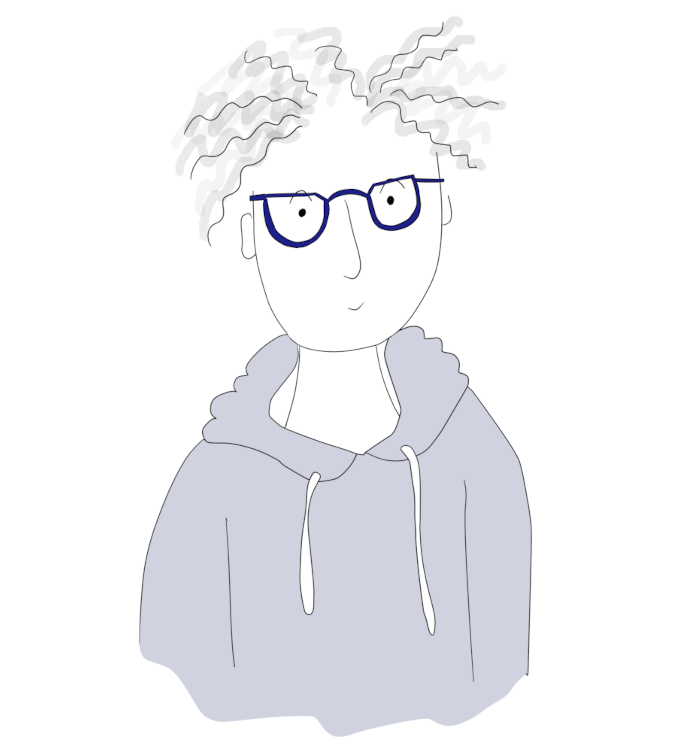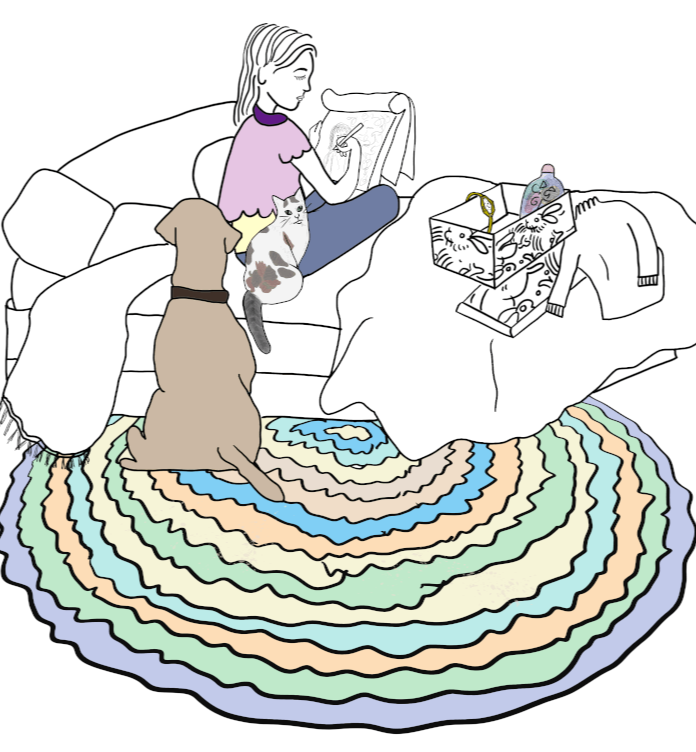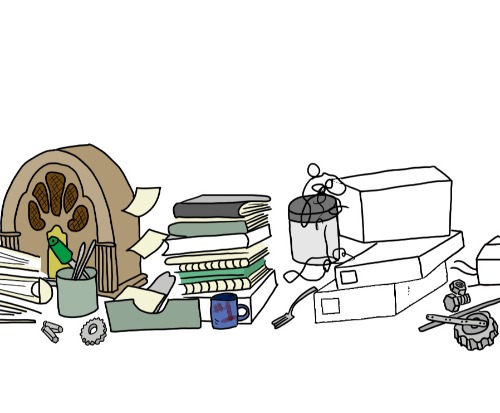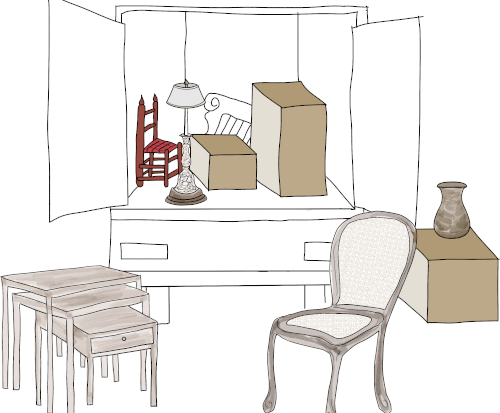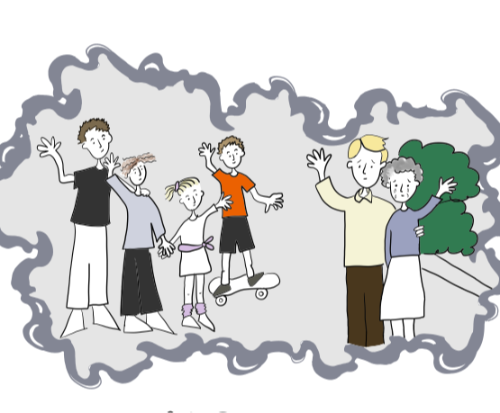The Tear Bottle
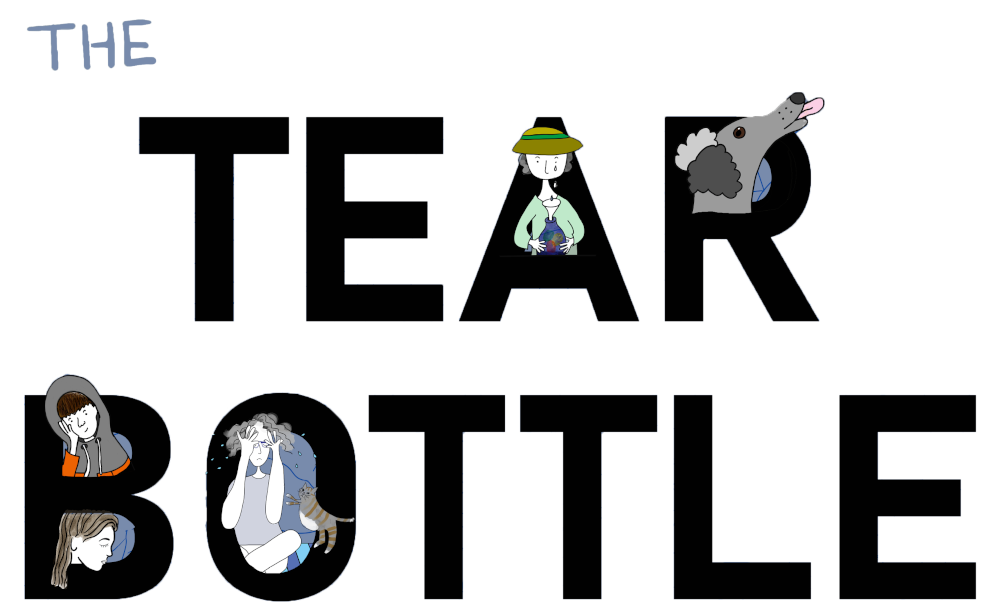
In a series of simple line drawings, Jutel tells the story of a family heirloom that is not quite what she and her sisters remembered. Via the comedy of family dynamics, and with the backdrop of history, she delves into serious issues of death, grief and forgiveness.
About the book
This is a book about the objects families covet as a way of holding on to their past. It is told by bickering sisters trying to find out the truth about a family heirloom with a surprising twist. A graphic memoir with serious intent, its simple and colourful drawings invite readers to think about their own family histories. Is it really our heirlooms, or the stories we tell about them that help us to understand ourselves, our whānau and what matters to us?
About the author
Annemarie Jutel is a graphic story teller whose pictures struggle to keep up with her haircuts.
She is sociologist working at Te Herenga Waka (Victoria University of Wellington NZ). When she is not writing about diagnosis or riding her mountain bike in the hills of Wellington she is avidly reading graphic memoirs and other non-fiction cartoons.
The Tear Bottle is her first graphic book. Other books she has written include:
- Putting a Name to It: Diagnosis in Contemporary Society,
- Diagnosis: Truths and Tales,
- The New Zealand Women's Guide to Running,
- La course à pied au féminin.
Finding Meaning in What’s Left Behind
If you’ve ever had to sort through the possessions of a lifetime, you’ve had to weigh up what to keep and what to give away. The wrenching moment where you’ve packed everything up and sent it to the second hand shop: did I just get rid of something precious without even realising it? Or, you might encumber yourself with your deceased relative’s things because you simply can’t decide which things they treasured the most; getting rid of any of them seems like betrayal! The Tear Bottle acknowledges the grief and guilt that accompanies loss, but it focusses on how fill in the gaps with stories. By making light of the heavy problem of keeping and remembering, it provides its readers with a way to deal with, and tell stories about, the stuff that gets left behind.
